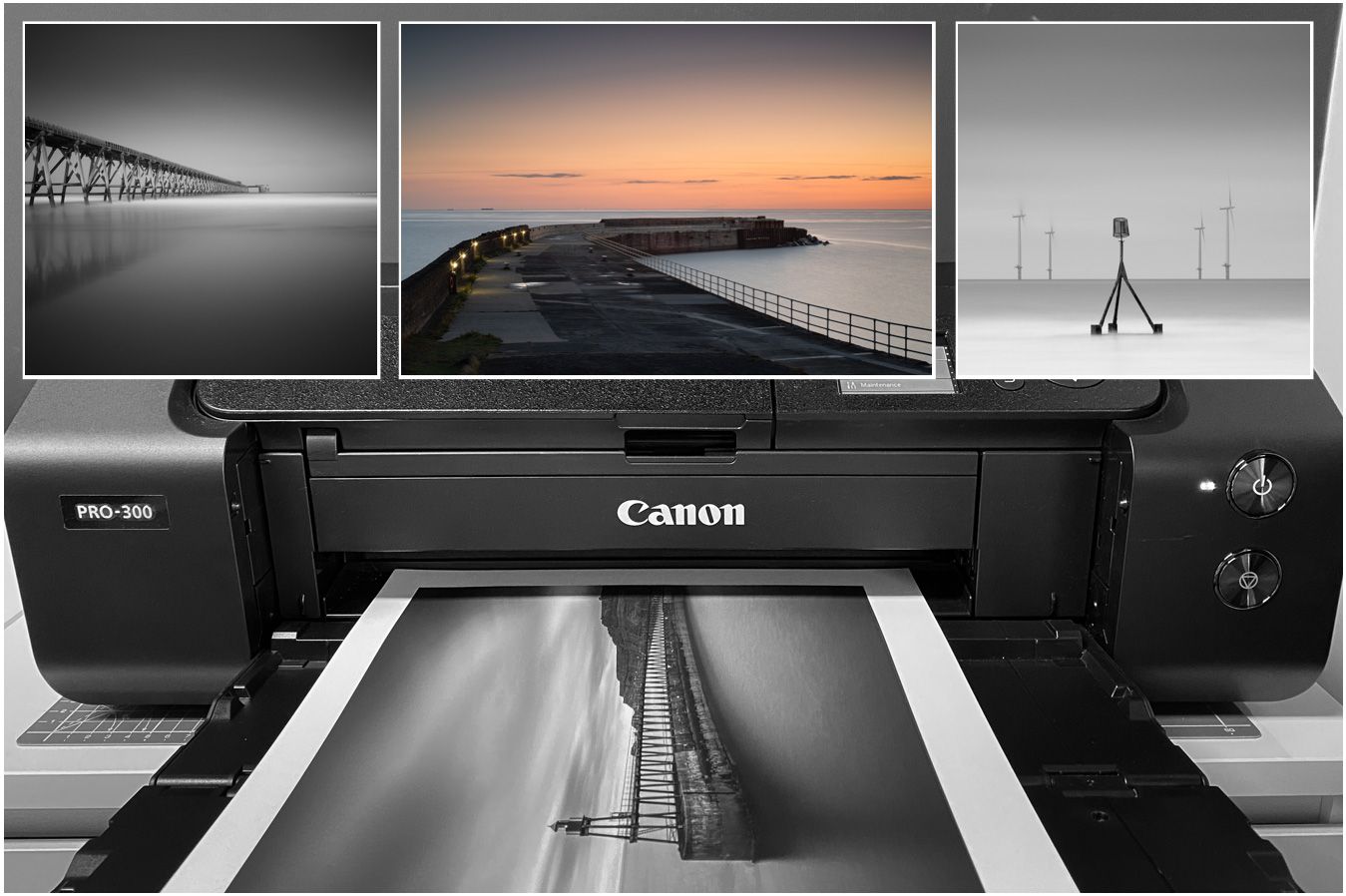
Reasons to Learn Long-Exposure Photography
I remember when I saw my first long exposure photograph and how entranced I was by its simplicity. This connected with me, and ever since, long-exposure photography has become an important part of my portfolio. I use it for many reasons other than simplifying, but if I think about it, the main reason is that a long-exposure image feels one step removed from reality rather like black and white, giving it a more artistic, impressionistic look. I also really enjoy building the image up when out on location. I always go through my step-by-step technical approach, of course, but then I have to consider which neutral density filter to use depending on how long I want the exposure. These things must be resolved carefully to create a successful long-exposure image.
Long exposures are also great for other things, too. For instance, if I don't want moving people or vehicles in an image, they can be reduced or disappear altogether with a long-exposure image. This is very useful for urban scenes. I can create light streaks from moving vehicles and aircraft. I can create lovely silky water effects, which work particularly well at the coast and shooting waterfalls. Moving clouds create pleasant soft streaks across the sky, and foreground grasses can accentuate movement. Most of all, I like long-exposure black and white square images - this combination works so well in many situations - in particular dark, moody scenes.
I also like printing and displaying long-exposure images because they have a timeless feel to them. They can, therefore, hang in a room for many years and not become tiresome to look at.
If you want to learn how to create beautiful fine art long-exposure prints, check out my Workshops Page for future workshops >>.